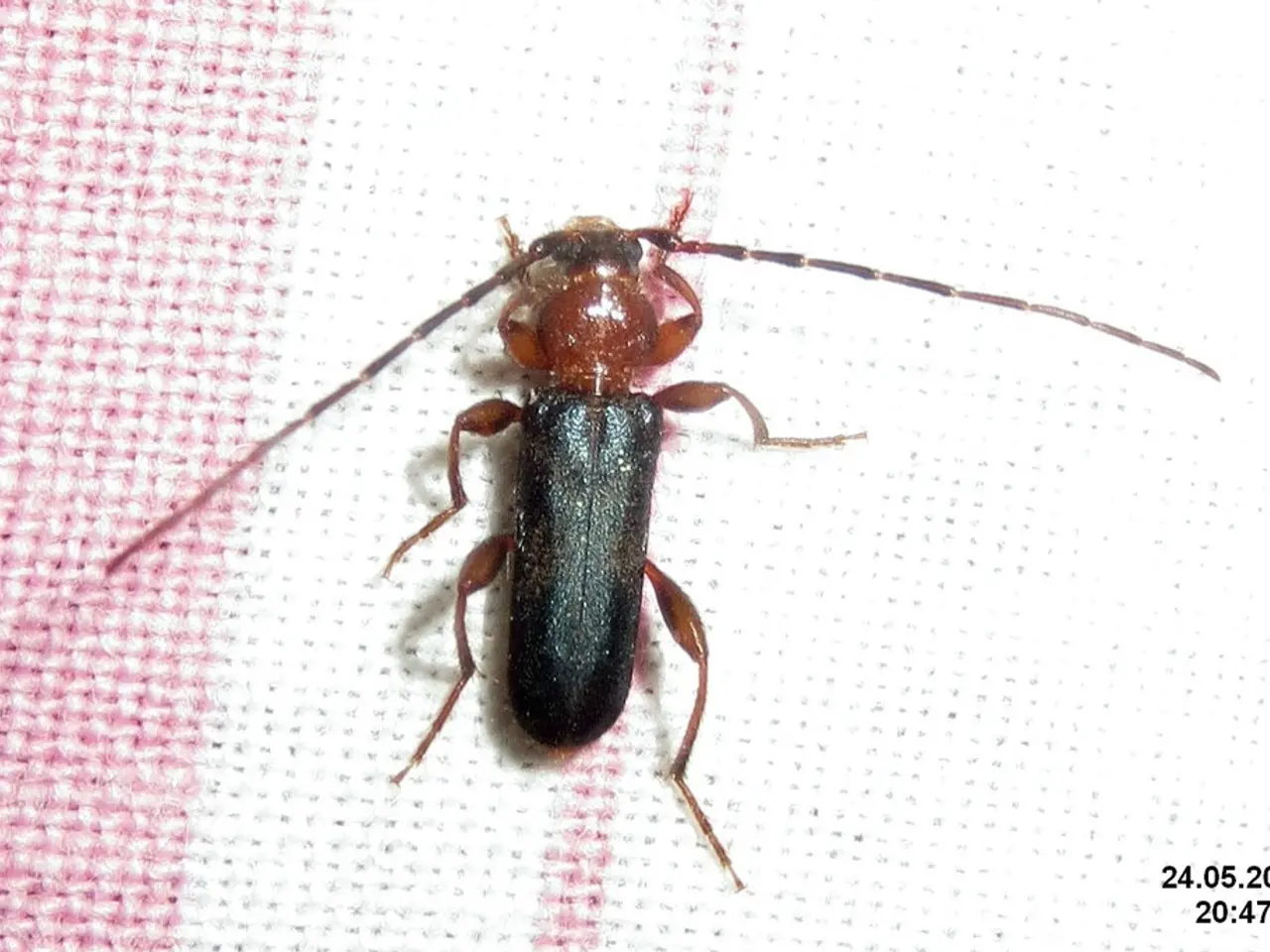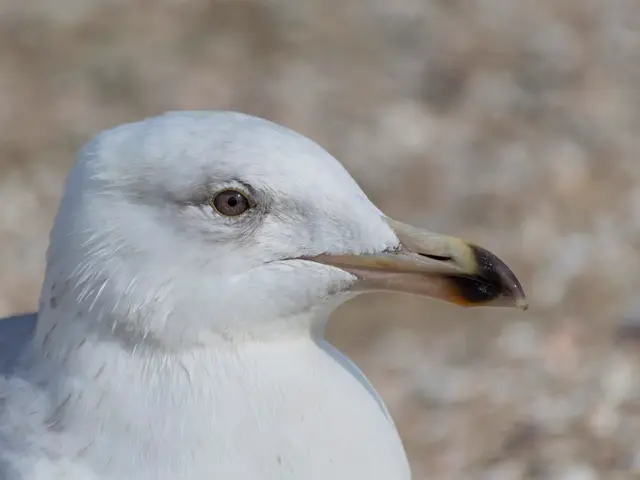Understanding and Recognizing White Grub Infestations in Lawns
In the lawns and gardens of Ohio, white grubs pose a significant threat due to their feeding on grass roots. While the raster patterns of different white grub species in the state may not be explicitly detailed in common literature, there are ways to identify these pests based on their distinctive characteristics.
White grubs are the larvae of various beetle species, most commonly from the family Scarabaeidae. The main species found in Ohio include the Japanese beetle grub, European chafer grub, and black turfgrass ataenius grub.
### Identification Based on Raster Patterns and Other Features
While raster patterns are more commonly associated with digital images, in entomology, similar patterns can refer to the arrangement of spines or setae on the underside of the grub's body. However, specific raster patterns for each species are not well-documented in common literature.
For identification purposes, it's essential to consider the grub's body shape and size, spine patterns, and the presence, absence, or arrangement of legs and spiracles.
For instance, the Japanese beetle grub is often larger than other species, with a distinctive V-shaped arrangement of spines on the underside of the last abdominal segment. The European chafer grub is typically smaller, with a Y-shaped spine arrangement. The black turfgrass ataenius grub, on the other hand, has fewer spines compared to other species.
### Common Species in Ohio
Ohio is home to several species of scarabs, including the May/June beetle, Green June beetle, European chafer, Japanese beetle, Northern masked chafer, Southern masked chafer, Asiatic garden beetle, Oriental beetle, and black turfgrass ataenius.
The raster pattern is a characteristic on the underside of the tip of the abdomen of white grubs. To observe this pattern, a 10x hand lens may be necessary for most mature white grubs. For smaller grubs or the black turfgrass ataenius raster, a microscope might be required.
### Distinctive Colourings
The Japanese beetle is metallic green with copper wing covers, while the Green June beetle is metallic green with tan highlights. The European chafer is chestnut brown, as is the Asiatic garden beetle, which also has an iridescent quality. The black turfgrass ataenius is shiny black. The May/June beetle is tan to chestnut brown, and the Northern and Southern masked chafers are yellowish brown. The Oriental beetle is tan to black with dark markings.
For precise identification based on raster patterns or any other specific morphological features, consulting detailed entomological resources or experts in the field is advisable. Understanding these distinct characteristics can help Ohio residents better manage white grub populations in their lawns and gardens.
To aid in managing white grub populations in lawns and gardens, Ohio residents should familiarize themselves with the distinctive characteristics of common white grub species. The Japanese beetle grub, for example, has a larger size and a V-shaped arrangement of spines on the underside of the last abdominal segment, while the European chafer grub is smaller with a Y-shaped spine arrangement. Additionally, home-and-garden enthusiasts who engage in gardening activities in Ohio might find useful resources in literature focused on home-and-garden and lifestyle topics, as they often touch upon pest identification and management strategies.






